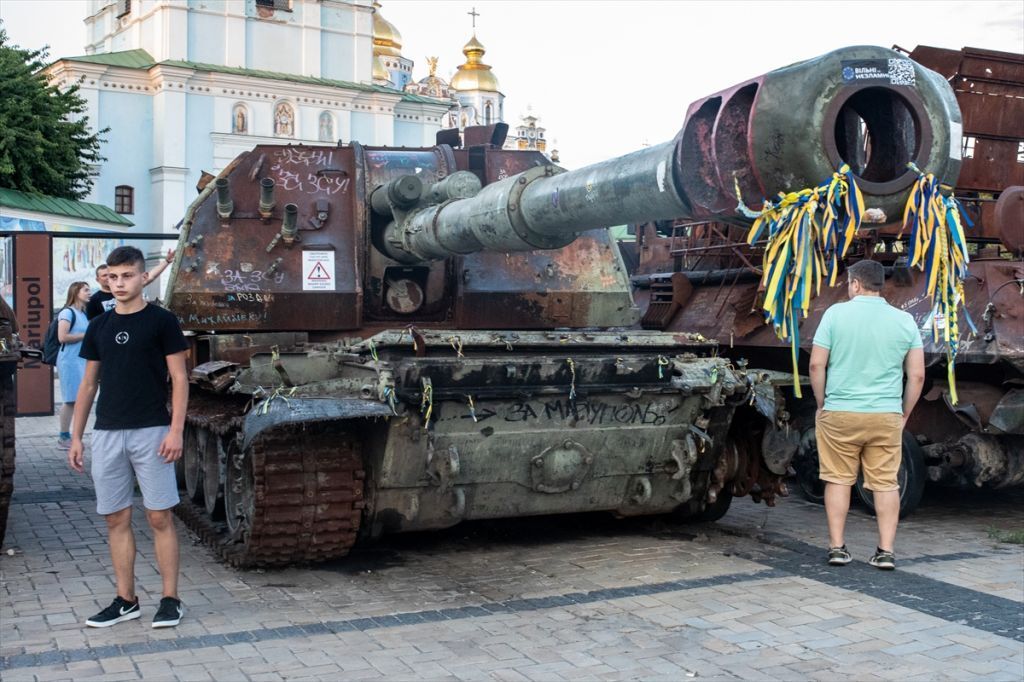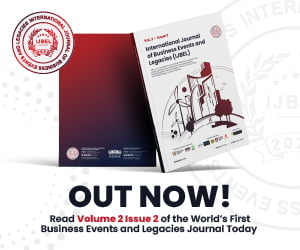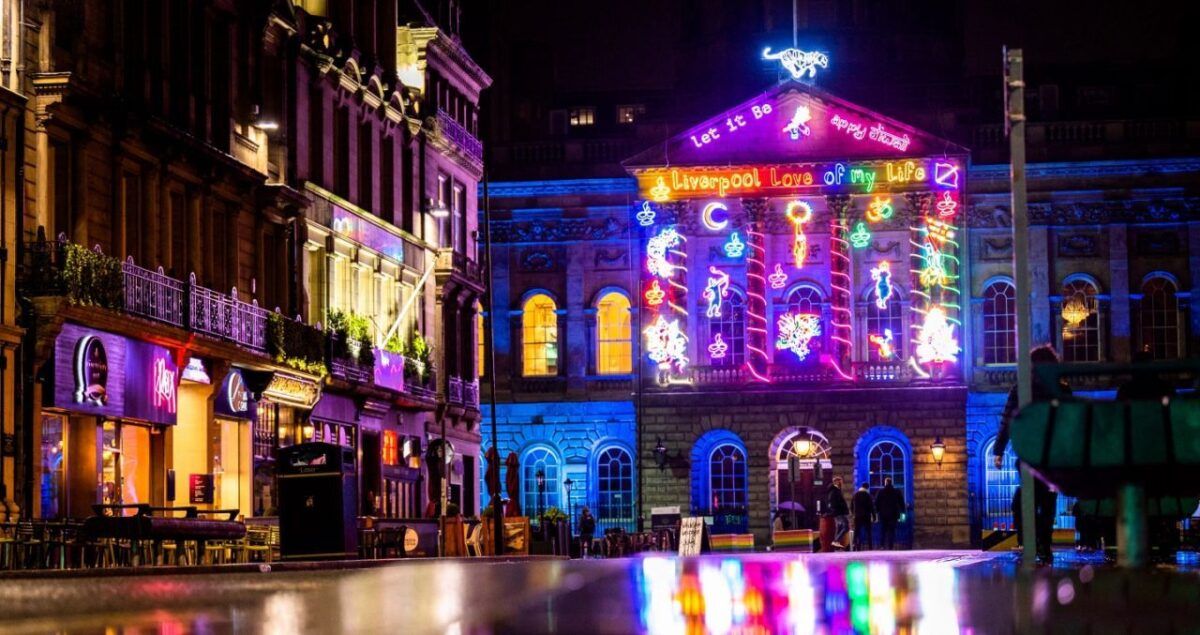Travel and tourism are often seen as gateways to leisure and exploration. It allows individuals to disconnect from routine life, discover new cultures, taste different cuisines, witness breathtaking landscapes, and primarily broaden their understanding of the world.
The archetypical tourist destinations might consist of picturesque beaches, awe-inspiring mountains, vibrant city landscapes, or historically rich sites. At its core, traditional tourism is about relaxation, adventure, and a journey of self-discovery.
However, the realm of tourism is no longer confined to these conventional categories. As people develop diverse interests and motivations, novel forms of tourism are steadily emerging. One such unconventional yet growing trend in the tourism industry is war tourism.
War tourism significantly deviates from the conventional image of holiday travel. Instead of seeking leisure or relaxation, war tourists venture to sites of historical battles, memorials, or even active conflict zones. War tourism can be categorized into two primary types: historical war tourism and current war tourism.
Historical war tourism involves visiting places associated with previous conflicts. These might include battlefields, war memorials, military cemeteries, or museums. Locations like the Normandy beaches, European concentration camps, or the Peace Memorial Park in Hiroshima are popular sites.
War Tourism in Ukraine
In contrast, current war tourism includes visiting areas of active or recent conflict. Despite the evident risks and ethical controversies, some tourists are drawn to these locations to gain first-hand experience of the realities of ongoing conflicts. A notable recent example is the ongoing conflict between Russia and Ukraine, where a few companies are offering war tourism services. These companies encourage tourists to visit Ukraine and experience the realities of life in a war zone.
Together with Visit Ukraine, a non-governmental organization that has been promoting and popularizing Ukrainian tourism on the domestic and foreign markets since 2018, more than 1000 foreign tourists have already gotten to know the country in person.
Hanna Khmelnytska, project manager for the Visit Ukraine “Tours” project, shares her experiences with foreign tourists visiting Ukraine, a country currently affected by war. Khmelnytska has been involved in the tourism sector for over eight years, specifically dealing with foreigners interested in witnessing Ukraine amidst conflict since the project’s inception in July 2022. Over this period, the project has facilitated travel for over a thousand foreigners, some of whom not only wanted to tour Ukraine but also assist the state by volunteering and covering current events on their blogs.
Khmelnytska’s interactions with foreign tourists are characterized by their unique stories and overwhelming support for Ukraine. She recalls collaborating with an American blogger who produced an entire series about Ukraine and a UK tourist who, over time, evolved from a sightseer into a dedicated volunteer, delivering aid to Ukrainian military. This tourist has visited cities like Kyiv, Odesa, Lviv, Kherson, and regions like Donetsk and Chernihiv.
She mentions a Latvian woman who raises donations for Ukrainians while her writer husband works on a book about the ongoing events in Ukraine. They toured Lviv, Kyiv, and the Kyiv region, and the woman later independently visited Kharkiv to report the real situation in Ukraine.
Another tourist Khmelnytska speaks about has taken his commitment a step further, learning Ukrainian phrases to enhance his communication during his trip.
Contrary to expectations, Khmelnytska notes that the war hasn’t deterred foreigners. Instead, they come, fall in love with Ukraine, and frequently revisit. The project encourages anyone interested in traveling to Ukraine to reach out, aiming to alleviate fears, doubts, and misconceptions about visiting the country amidst war.
This practice, while attracting adventurous and curious tourists, has sparked considerable debate within Ukraine. Some people view this form of tourism as insensitive, considering the millions affected by the now 18-month-long war. Conversely, others see it as an invaluable opportunity to remember history and draw lessons from it.
The motivations behind war tourism are varied and complex, ranging from educational purposes, historical interest, thrill-seeking, to a peculiar fascination with the macabre. Even though it presents numerous ethical and safety questions, the growth of war tourism in recent years is undeniable.
As we navigate the complex domain of war tourism, it’s vital to acknowledge the deep impacts such tourism can have on not only the tourists but also the communities they visit. The conversations around war tourism emphasize the dynamic nature of travel, highlighting that tourism isn’t solely about leisure. Sometimes, it’s a route to confronting and learning from the harsh realities and challenging lessons of human history. (AA, Visit Ukraine)








































